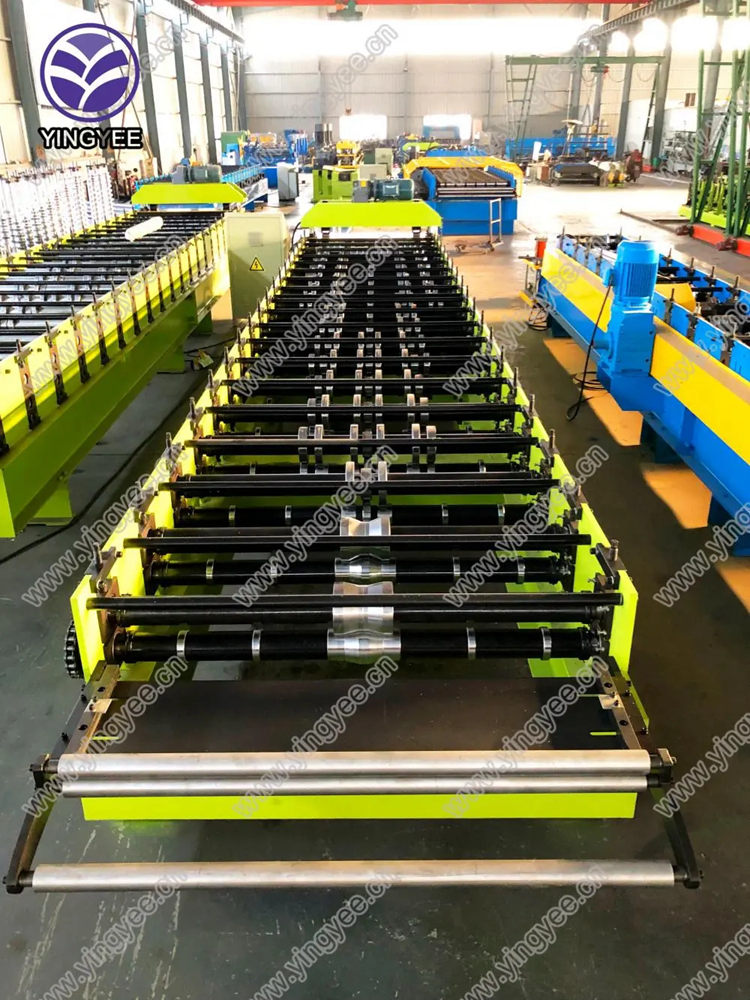
Cold Bending Machines for Crash Barriers Enhancing Safety with Precision Engineering
In the realm of highway safety, the construction and maintenance of crash barriers play a vital role in protecting both occupants of vehicles and pedestrians. One of the crucial elements in the production of effective crash barriers is the technology used to shape and bend the materials involved. Among these technologies, cold bending machines have emerged as a significant advancement, enabling precision engineering and enhanced durability in crash barrier systems.
Cold bending machines are designed to manipulate metal sheets and profiles without the application of heat, making them an eco-friendly and economically viable option for manufacturing highway safety structures. The cold bending process allows for the production of complex shapes and profiles that meet stringent safety standards while reducing the risk of material fatigue. This technology is particularly beneficial for producing crash barriers made from high-tensile-strength steels, which require specific mechanical properties to absorb impact energy effectively.
Cold Bending Machines for Crash Barriers Enhancing Safety with Precision Engineering
Additionally, the precision offered by cold bending machines allows for the consistent manufacture of crash barriers with tight tolerances. This uniformity ensures that every component fits correctly during installation, which is essential for maintaining the intended performance of the barrier system. Misalignments or variations in dimensions can lead to gaps or weak points, undermining the efficacy of the barriers in real-world scenarios. Cold bending machines, equipped with advanced computer numerical control (CNC) technology, provide manufacturers with the capability to produce parts that are perfectly suited for their application.

Furthermore, the flexibility of cold bending technology means that manufacturers can easily adapt to changing design requirements or regulatory standards without significant changes to the production process. As safety regulations evolve and improve, the ability to adjust designs quickly becomes a significant advantage. This adaptability not only helps manufacturers stay compliant but also encourages innovation in the design of crash barriers, resulting in safer and more effective solutions for road safety.
In terms of sustainability, cold bending is a more environmentally responsible choice compared to traditional hot bending methods. The reduction in energy consumption during production, coupled with minimized waste resulting from precise cuts and bends, aligns with the growing trend towards sustainable manufacturing practices. Additionally, the extended lifespan of cold-bent materials contributes to reducing the frequency of replacement and associated resource use.
In the context of global road safety, the integration of cold bending machines into crash barrier manufacturing represents a significant leap forward. By enhancing the durability, precision, and adaptability of crash barrier production, these machines play a pivotal role in mitigating the consequences of traffic accidents. As safety standards continue to rise, the demand for advanced manufacturing technologies such as cold bending will likely increase, driving further innovations in the field.
In conclusion, cold bending machines are essential for producing effective, durable, and environmentally friendly crash barriers. By enabling precision engineering and adapting to evolving safety standards, these machines contribute significantly to improving road safety worldwide. As we look to the future, the ongoing advancement of cold bending technology will undoubtedly play a crucial role in enhancing the resilience of our infrastructure, ultimately saving lives and preventing injuries on the road.